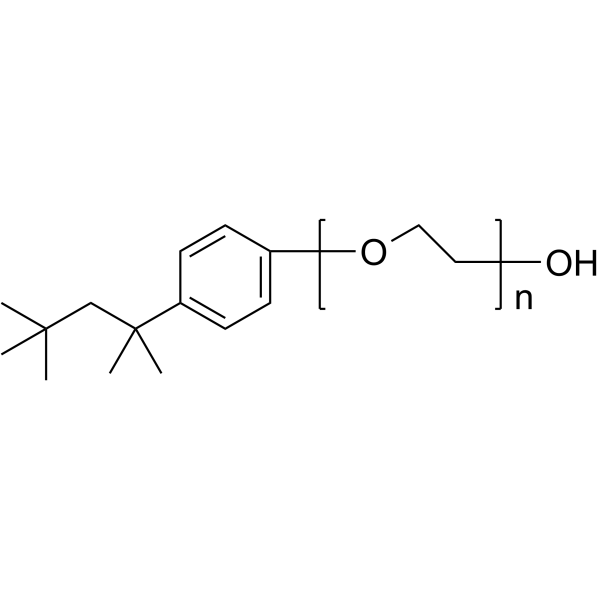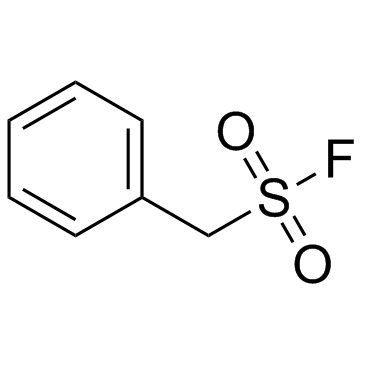| Structure | Name/CAS No. | Articles |
|---|---|---|
 |
sodium chloride
CAS:7647-14-5 |
|
 |
Hydrochloric acid
CAS:7647-01-0 |
|
 |
sodium dodecyl sulfate
CAS:151-21-3 |
|
![5-(((2,5-DIOXOPYRROLIDIN-1-YL)OXY)CARBONYL)-3-OXO-3H-SPIRO[ISOBENZOFURAN-1,9'-XANTHENE]-3',6'-DIYL DIACETATE Structure](https://image.chemsrc.com/caspic/155/150206-05-6.png) |
5-(((2,5-DIOXOPYRROLIDIN-1-YL)OXY)CARBONYL)-3-OXO-3H-SPIRO[ISOBENZOFURAN-1,9'-XANTHENE]-3',6'-DIYL DIACETATE
CAS:150206-05-6 |
|
 |
Formaldehyde
CAS:50-00-0 |
|
 |
L-Glutamine
CAS:56-85-9 |
|
 |
Sodium deoxycholate
CAS:302-95-4 |
|
 |
Triton X-100
CAS:9002-93-1 |
|
 |
SODIUM CHLORIDE-35 CL
CAS:20510-55-8 |
|
 |
PMSF
CAS:329-98-6 |